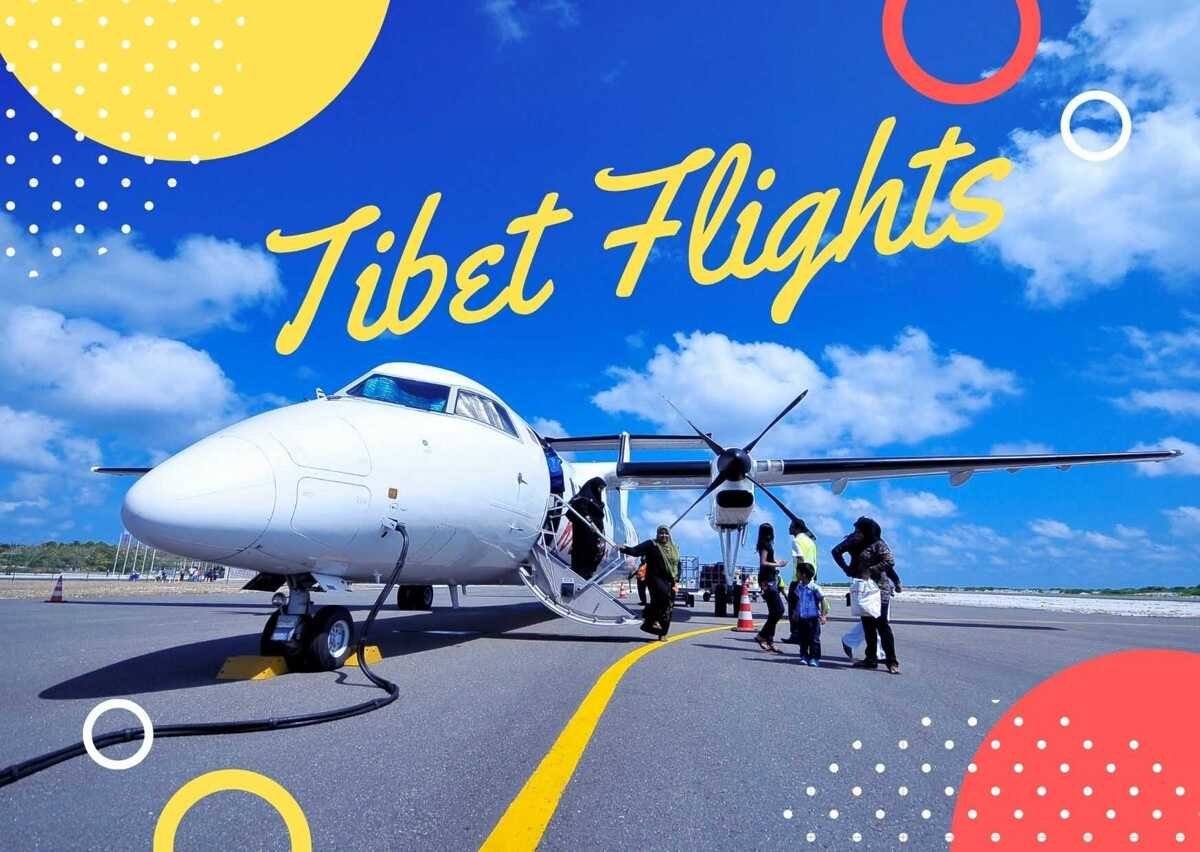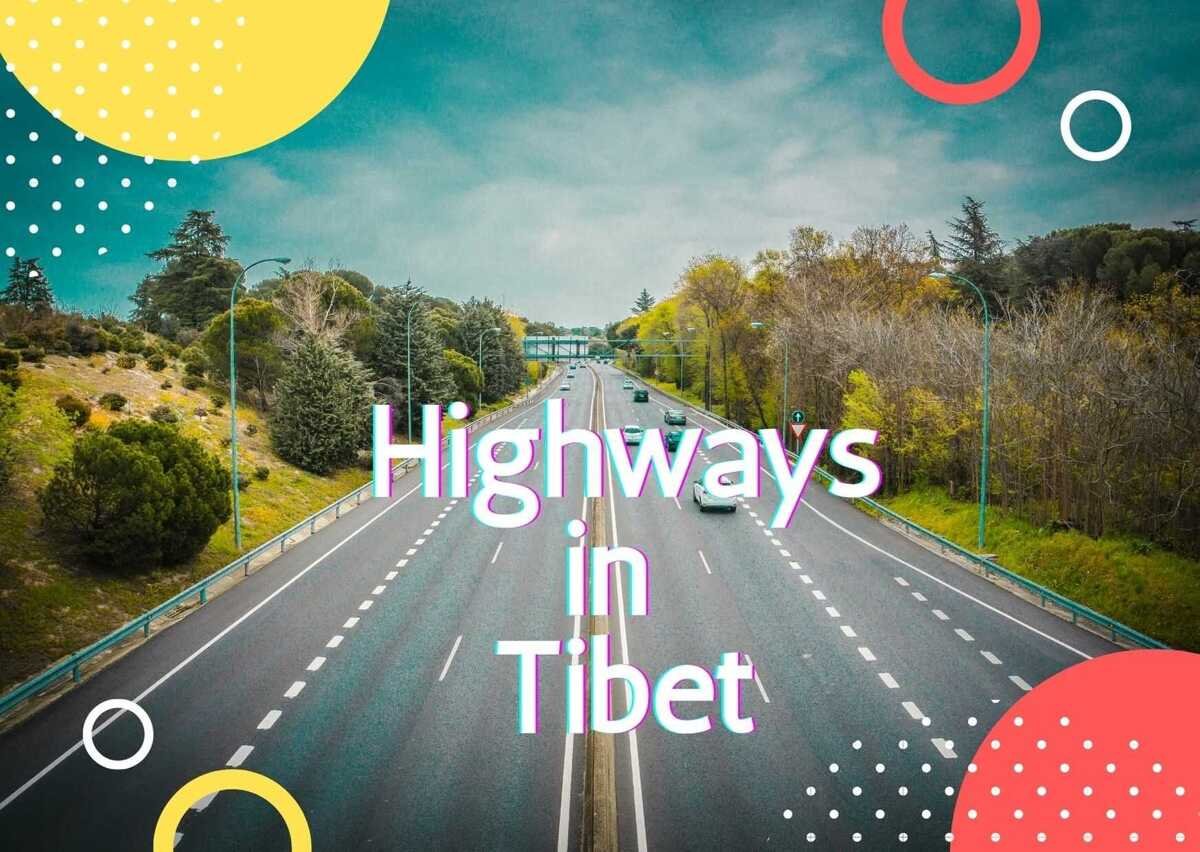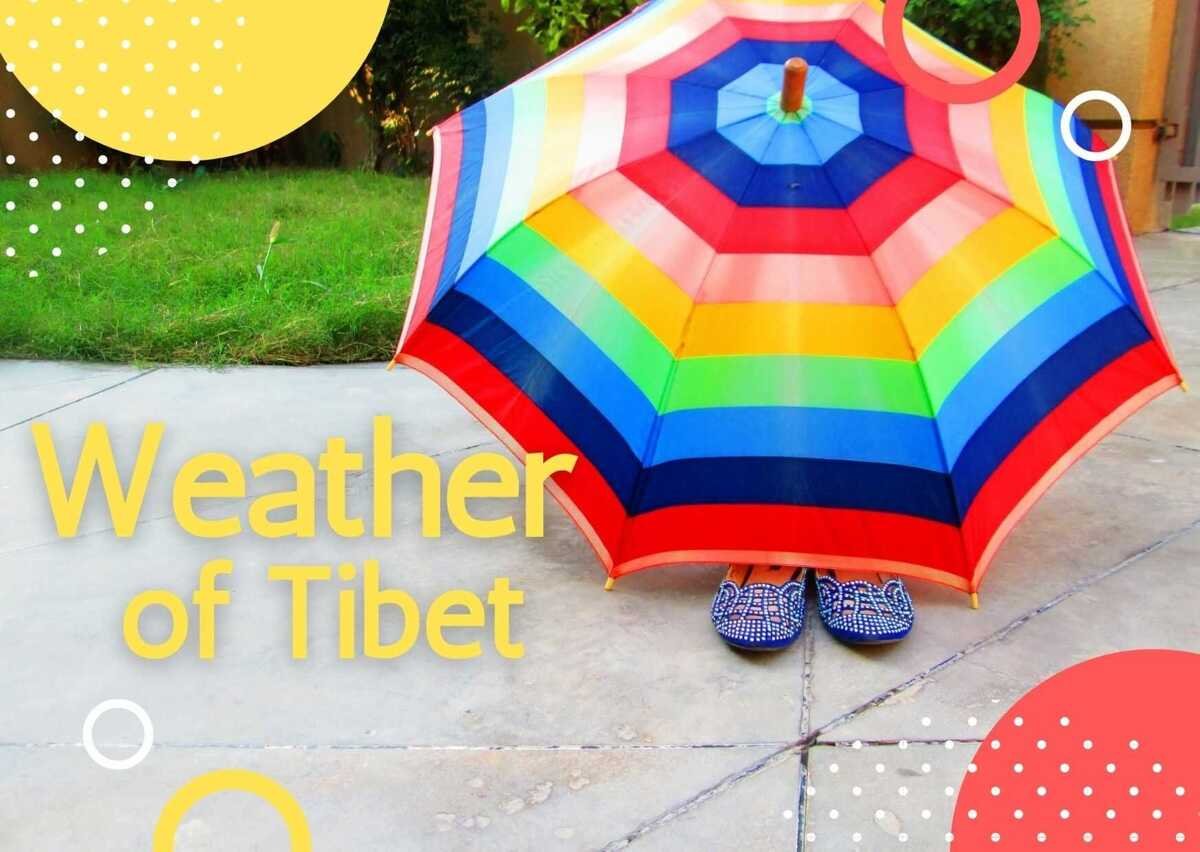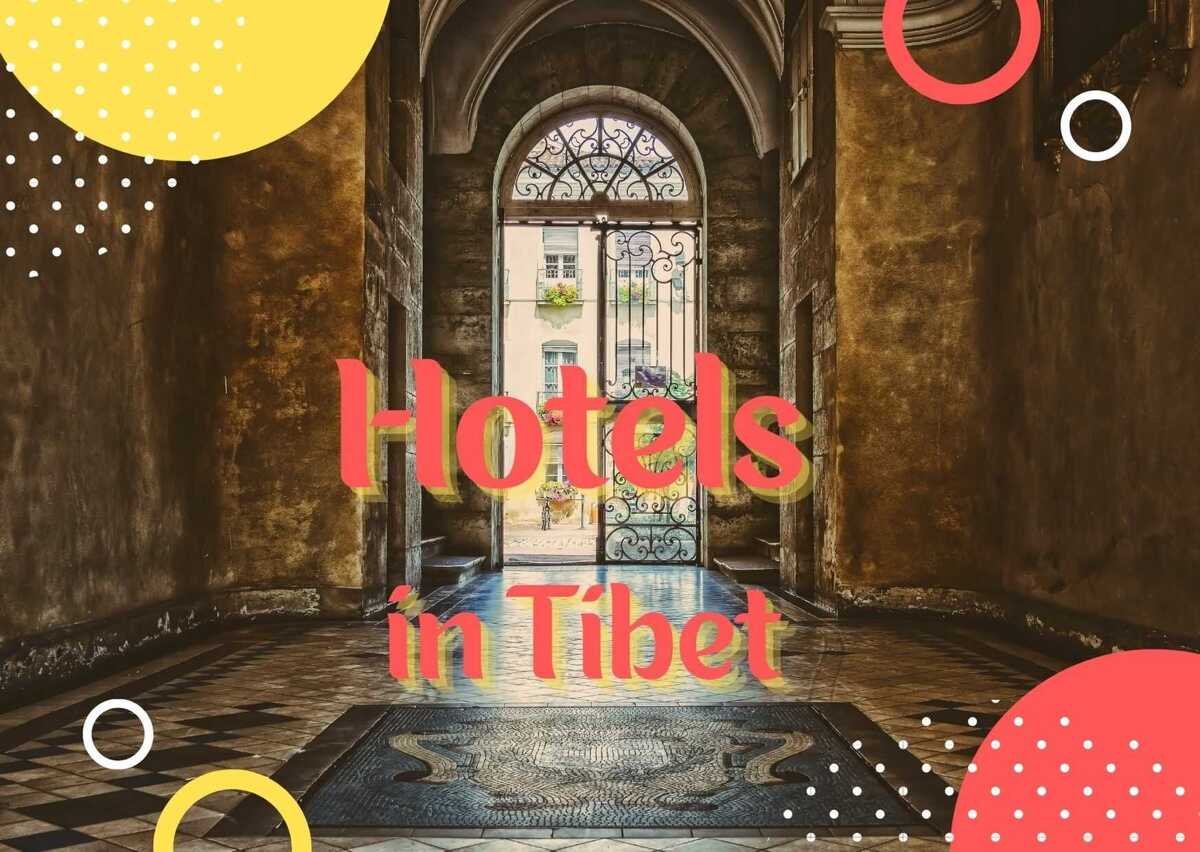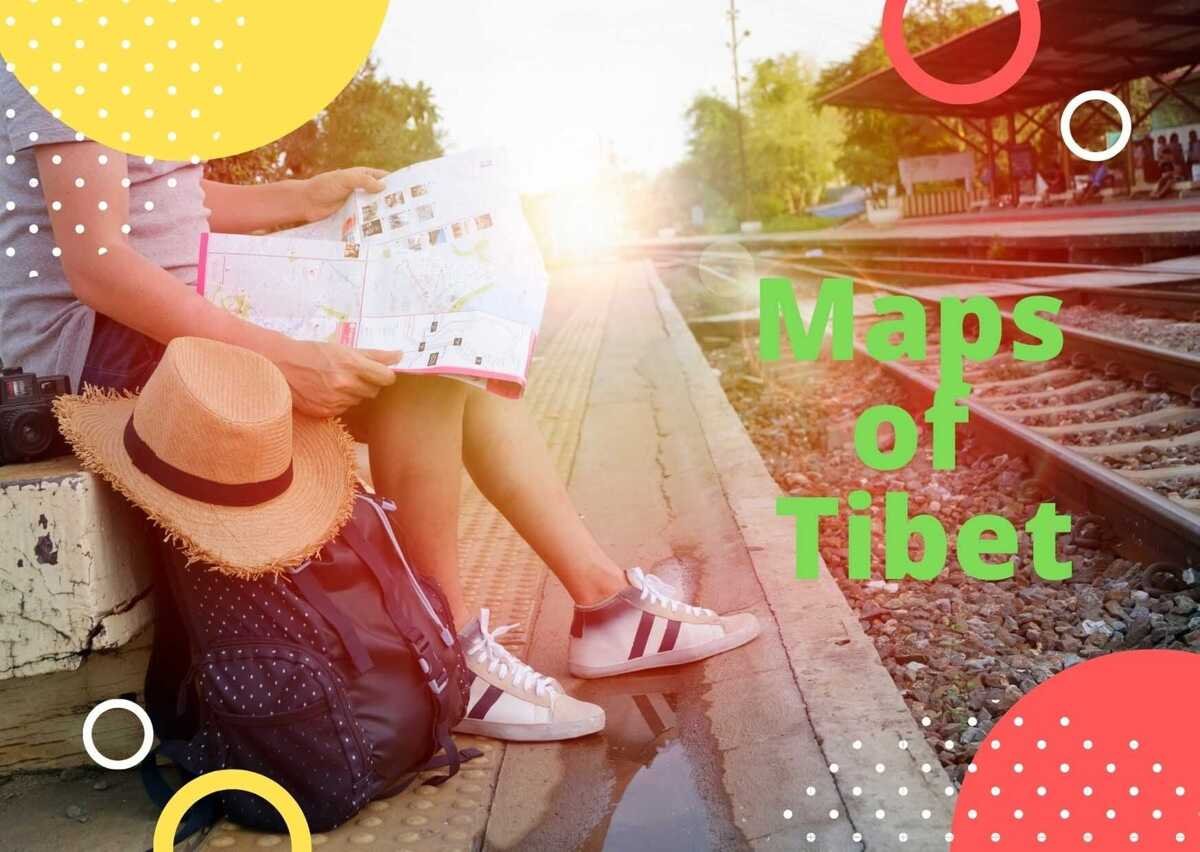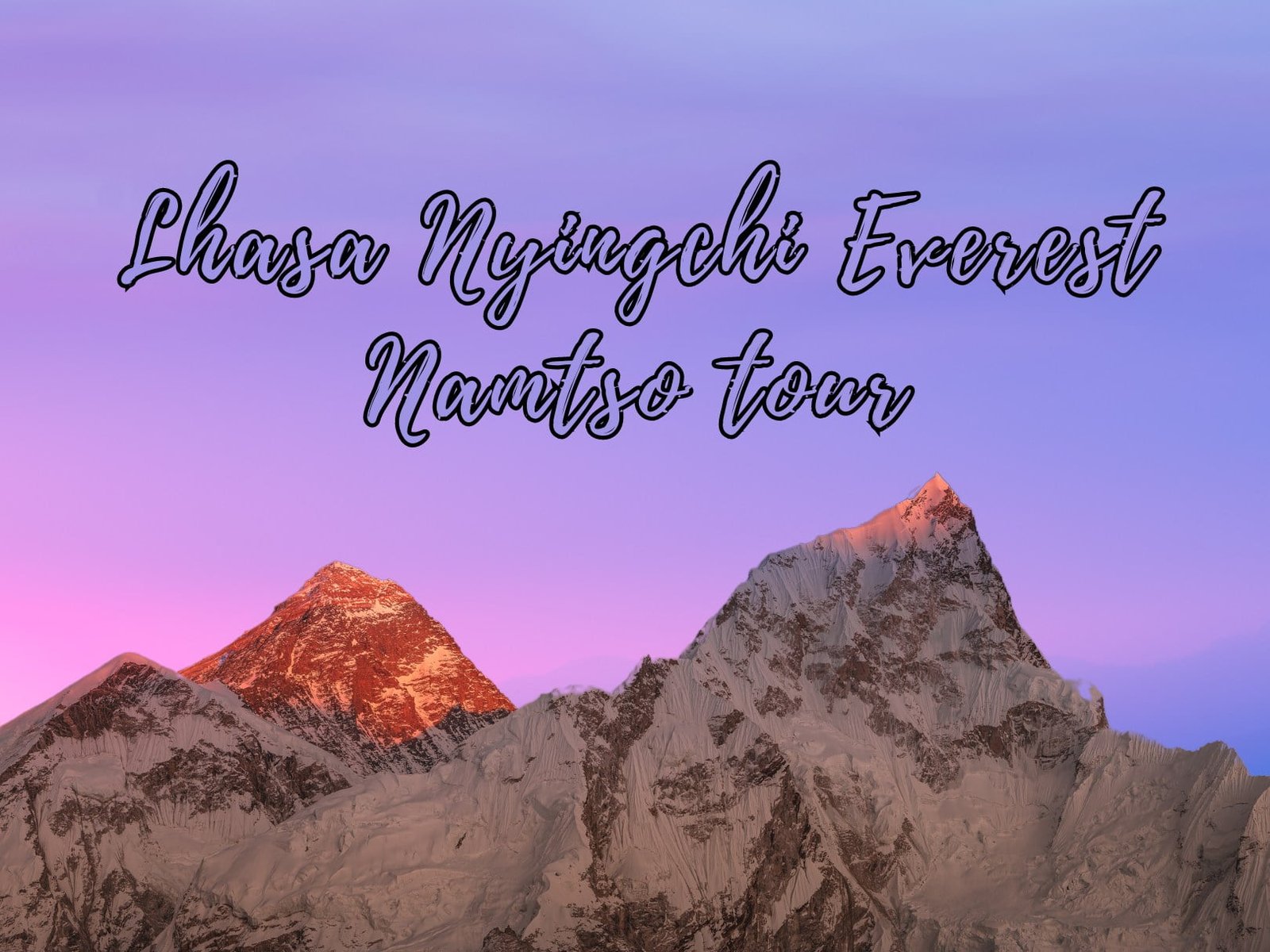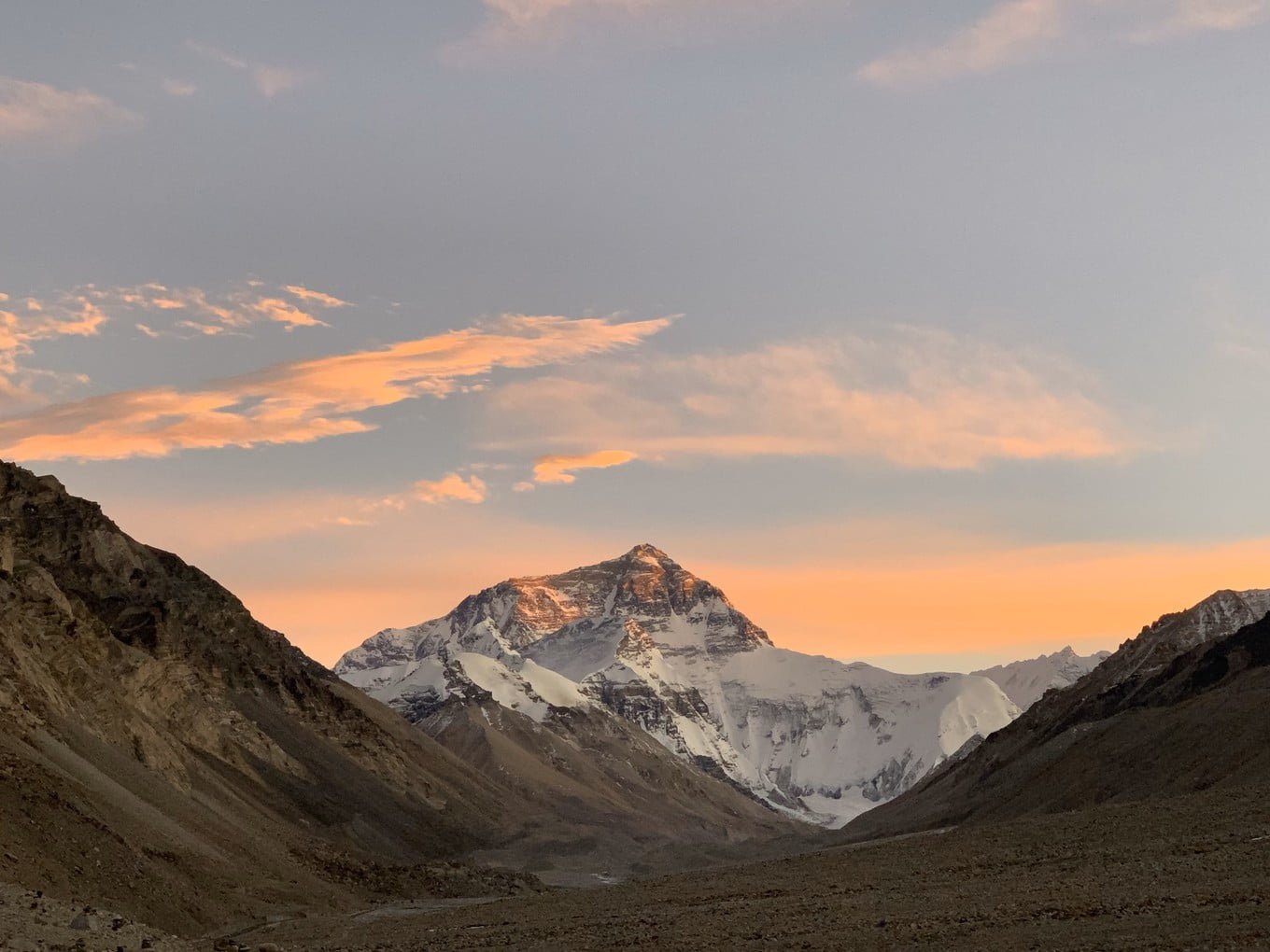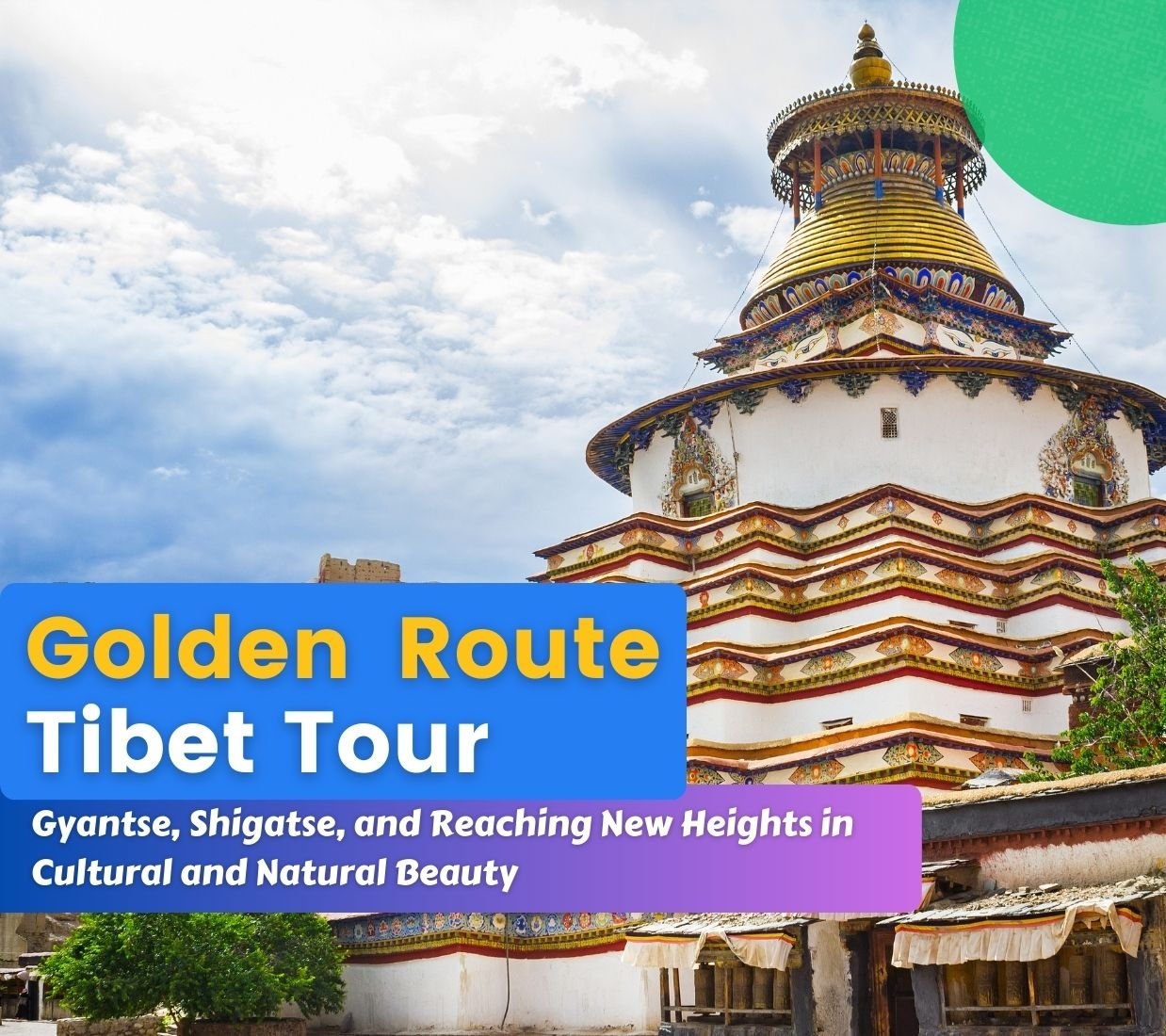The First Panchen Kedrub Gelek Palsang
མཁས་གྲུབ་དགེ་ལེགས་དཔལ་བཟང་། འཁྲུངས་ཡུལ། གཙང་ལ་སྟོད་ལྡོག་གཞུང་། (འཁྲུངས་ལོ། ཤིང་གླང་། ༡༣༨༥ འདས་ལོ། ས་རྟ། ༡༤༣༨)
Kedrup Je, the chief disciple of Tsongkhapa, is a highly revered figure in Tibetan Buddhism. He gained prominence in history for his significant contributions to the religion. Beginning his journey as a monk at Sakya Monastery during childhood, he later engaged in intellectual debates on scriptures and teachings at Angren Monastery. His exceptional skills led him to triumph over Podong Panchen and other opponents, thus elevating his reputation. Subsequently, he pursued the study of Tantra under the guidance of Jetsun Repengwa at Sakya Monastery.
Second Panchen Ensa Sonam Choklang
༧ པཎ་ཆེན་སྐུ་ཕྲེང་གཉིས་པ། བསོད་ནམས་ཕྱོགས་གླང་། (འཁྲུངས་ཡུལ། གཙང་དབེན་ས་ལྷ་ཁུད། འཁྲུངས་ལོ། ས་ལུག ༡༤༣༩ འདས་ལོ། ཤིང་བྱི། ༡༥༠༤)
When he was young, he was renowned for his ability to recount the deeds of the first Panchen Lama. Later, he became a monk at Gaden Monastery. Due to his diligence and devotion to study, he acquired proficiency in both Sutra and Tantra, excelling particularly in debating. In his middle age, Sonam Choklang departed from Gaden Monastery and returned to the Tsang Region of Tibet. He resided in Wensa Nyengyu Monastery, dedicating himself to meditation and showing little interest in worldly matters. He made significant contributions to the propagation and development of the Yellow Sect.
Third Panchen Ensa Lobsang Dhundup
༧ པཎ་ཆེན་སྐུ་ཕྲེང་གསུམ་པ། དབེན་ས་པ་བློ་བཟང་དོན་གྲུབ། འཁྲུངས་ཡུལ། གཙང་དབེན་ས་ལྷ་ཁུད། ( འཁྲུངས་ལོ། ཤིང་གླང་། ༡༥༠༥ འདས་ལོ། མེ་སྟག ༡༥༦༦)
At the age of 11, Lobsang Dhundup joined Wensa Monastery to pursue a monastic life. Subsequently, he explored different monasteries in the Tsang region and received teachings from renowned monks. He delved into significant Buddhist scriptures, including “Tantric Vajra Empowerment,” “Bodhi Path Stage Broad Theory,” “Kalachakra Vajra,” and “Dawei De Vajra,” attaining profound comprehension.
In his middle age, he travelled through Tibet, spreading the teachings of the Gelug Sect. He recruited disciples and greatly contributed to the sect’s growth in Tsang Regions. In his later years, he retreated to Ensa Temple for meditation and wrote a book explaining the teachings of the Gelug Sect. Due to his esteemed reputation in the Tsang Region, the monks of Ensa Monastery recognized him as the reincarnated living Buddha, Sonam Choklang. He was later posthumously acknowledged as the third Panchen Lama.
Fourth Panchen Lobsang Chokyi Gyaltsen
༧ པཎ་ཆེན་སྐུ་ཕྲེང་བཞི་པ། བློ་བཟང་ཆོས་ཀྱི་རྒྱལ་མཚན། འཁྲུངས་ཡུལ། གཙང་རོང་གི་མཚམས་ལྷན་གྱི་ནང་དྲུག་བརྒྱ།(འཁྲུངས་ལོ། ལྕགས་རྟ། ༡༥༧༠ འདས་ལོ། ཆུ་སྟག ༡༦༦༢)
The Fourth Panchen Lama was a religious and political leader who made significant contributions to the development of the Gelug Sect, ensuring Tibetan unity, and fostering Mongolian-Tibetan friendship. He advocated for consolidating sects and had a particular devotion to Tsongkhapa. Proficient in Tantrics and sacred scriptures, he authored the Autobiography and other notable works.
Fifth Panchen Lama Lobsang Yeshi
༧ པཎ་ཆེན་སྐུ་ཕྲེང་ལྔ་པ། བློ་བཟང་ཡེ་ཤེས། འཁྲུངས་ཡུལ། ཐོབ་རྒྱལ། (འཁྲུངས་ལོ། ཆུ་ཡོས། ༡༦༦༣ འདས་ལོ། མེ་སྦྲུལ། ༡༧༣༧)
In 1713, during the fifty-second year of Kangxi’s reign, the Qing court bestowed the title of “Erdeni” along with a gold book and gold seal. This act solidified the Qing Dynasty’s control over political and religious matters in certain regions of Tibet, diminishing the Dalai Lama’s authority in the political and religious affairs of Eastern Tibet. The Qing government established a permanent presence in Tashilhunpo Monastery, where the believers revered it as the embodiment of the Buddha of Infinite Light.
Sixth Panchen Lama Lobsang Palden Yeshi
༧ པཎ་ཆེན་སྐུ་ཕྲེང་དྲུག་པ། དཔལ་ལྡན་ཡེ་ཤེས། འཁྲུངས་ཡུལ། རྣམ་གླིང་བཀྲ་ཤིས་རྩེ།(འཁྲུངས་ལོ། ས་རྟ། ༡༧༣༨ འདས་ལོ། ལྕགས་བྱི། ༡༧༨༠)
The Sixth Panchen Lama’s works include “The Wish of the Happy Country”, “Autobiography” (Volume 1 and 2), “Compilation of Dao Love Songs”, “Face-to-face Teaching of Bodhi’s Path-Level Dharma – Altruistic Nectar Bottle”, “Compilation of Questions and Answers on the Essential Points of Xianjing”, “Sixteen Arhats”, and various other classics such as “Traveling the Buddha”, “The Biography of Laba Jamba”, “Legend of Saint Losangpa Unbelievable”, as well as letters, rituals, and practice.
Seventh Panchen Lama Tenbal Nyima
༧ པཎ་ཆེན་སྐུ་ཕྲེང་བདུན་པ། བསྟན་པའི་ཉི་མ། འཁྲུངས་ཡུལ། པ་སྣམ་སྐྱིད་གཤོངས། (འཁྲུངས་ལོ། ཆུ་སྟག ༡༧༨༢ འདས་ལོ། ཆུ་གླང་། ༡༨༥༣)
Since the enthronement of the Seventh Panchen Lama, the Qing Dynasty’s rule over Tibet reached its peak. The “Imperial 29-Article Regulations” and Tibet’s major political and religious systems were formulated during this time. However, Tibet faced invasions by foreign forces. The Gurkhas invaded Tibet twice and plundered the Tashilhunpo Monastery.
Fortunately, the Qing government promptly sent troops to expel the Gurkhas from Tibet. The invasions caused severe damage to the Tashilhunpo Monastery and inflicted brutal suffering on its inhabitants. Through the diligent efforts and competent leadership of the Seventh Panchen Lama, as well as strong state support, Tashilhunpo Monastery and its people were able to fully recover by the end of his life. These accomplishments can be attributed to the contributions of the Seventh Panchen Lama.
Eighth Panchen Lama Tenbal Wangchuk
༧ པཎ་ཆེན་སྐུ་ཕྲེང་བརྒྱད་པ། བསྟན་པའི་དབང་ཕྱུག འཁྲུངས་ཡུལ། ཐོབ་རྒྱལ་སྦྲུལ་ཚང་། (འཁྲུངས་ལོ། ཤིང་ཡོས། ༡༨༥༥ འདས་ལོ། ཆུ་རྟ། ༡༨༨༢)
During the reign of the Eighth Panchen Lama Tenbal Wangchuk, a power struggle unfolded in Tibet between monks and serf owners. The conflict specifically involved Aqitu Hutuktu, the regent, and Losseling Dratsang, the Khenpo of Drepung Monastery. This dispute became public, leading to the removal of Hutuktu from the Manqing. As a result, Hutuktu was forbidden reincarnation and instead, Panchen Tenbal Wangchuk was appointed to handle Tibetan affairs. In 1864, Wangchuk Gyalpo passed away due to illness. Subsequently, Sheraab Wangchuk assumed control over all matters and was granted the title of Nomenhan.
Ninth Panchen Lama Chokyi Nyima
༧ པཎ་ཆེན་སྐུ་ཕྲེང་དགུ་པ། ཆོས་ཀྱི་ཉི་མ། འཁྲུངས་ཡུལ། དྭགས་པོ།(འཁྲུངས་ལོ། ཆུ་ལུག ༡༨༨༣ འདས་ལོ། མེ་གླང་། ༡༩༣༧)
The Ninth Panchen Lama was highly knowledgeable in Buddhism and showed political maturity. He actively joined the anti-British movement with the thirteenth Dalai Lama and later fought against the Japanese. He bravely opposed imperialism and consistently worked to preserve national unity and harmony, which is commendable among Tibetan religious leaders. Without exaggeration, the Ninth Panchen Erdeni Chogyi Nyima is an exceptional anti-imperial leader in modern Tibetan history.
Tenth Panchen Lama Lobsang Choekyi Gyaltsen
༧ པཎ་ཆེན་སྐུ་ཕྲེང་བཅུ་པ། བློ་བཟང་འཕྲིན་ལས་ལྷུན་གྲུབ་ཆོས་ཀྱི་རྒྱལ་མཚན། འཁྲུངས་ཡུལ། མཚོ་སྔོན་བིས་མདོ། (འཁྲུངས་ལོ། ས་སྟག ༡༩༣༨ འདས་ལོ། ས་སྦྲུལ། ༡༩༨༩)
In 1941, the Panchen Khenpo Conference Hall recognized him as one of the reincarnated soul boys of the Ninth Panchen Lama Erdeni Chogyi Nyima, who had passed away on December 1, 1937. In 1944, a ceremony was held in front of the holy site where Master Tsongkhapa was born, and among 10 soul boys, he was confirmed as the sole soul boy. He was given the Dharma name Choji Gyaltsen and invited to Kumbum Monastery to receive teachings of various Buddhist texts, including the Five Great Treatises.
In 1949, the central government of the Republic of China approved his enthronement ceremony at Kumbum Monastery on August 10. On October 1, 1949, he sent a congratulatory telegram to Chairman Mao Zedong and Commander-in-Chief Zhu De to celebrate the founding of the People’s Republic of China.



